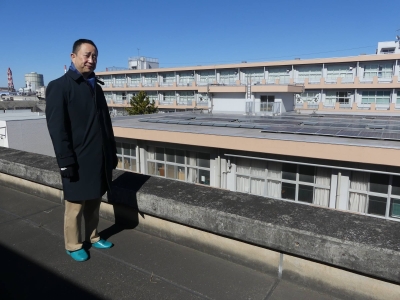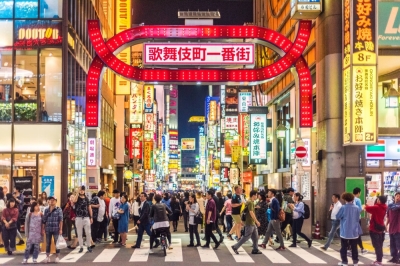Japan was hit with worse-than-expected news last week when the U.S. announced a so-called reciprocal tariff of 24% on all Japanese imports, with the levy on Japanese automotive imports set to rise tenfold to 25%.
You would not be alone if you asked how the administration of Donald Trump arrived at those figures, given that Japan’s average tariff on U.S. imports is about 3%, while U.S. tariffs on Japanese goods average around 1.5%. Most of that gap comes from Japan’s higher tariffs on agricultural products like sugar, rice and meat — and there is no levy at all on U.S. auto imports to Japan.
So, what makes the new rates reciprocal? The 24% figure was calculated by dividing the 2024 U.S.-Japan trade deficit of $68.5 billion by total U.S. imports from Japan of nearly $145 billion. The U.S. Trade Office confirmed that this simplistic approach was chosen because it can be applied uniformly to all trading partners worldwide, avoiding further disputes over the tens of thousands of tariff categories in the American regulatory system.
















With your current subscription plan you can comment on stories. However, before writing your first comment, please create a display name in the Profile section of your subscriber account page.